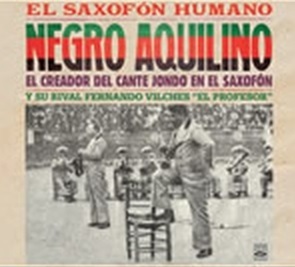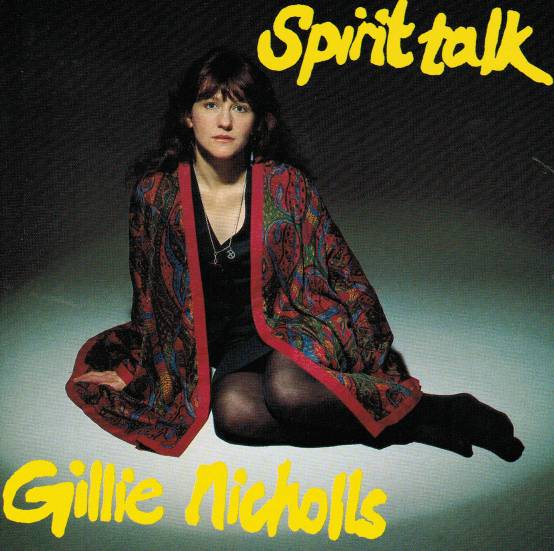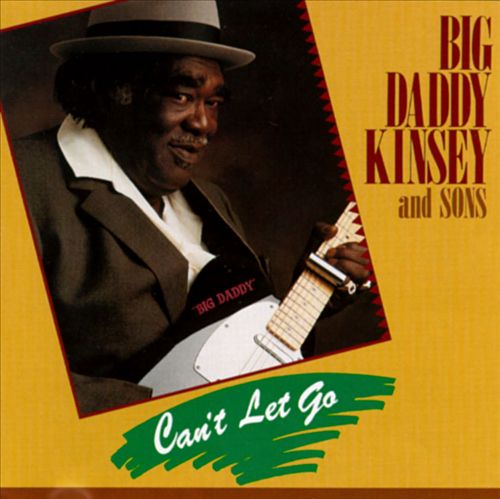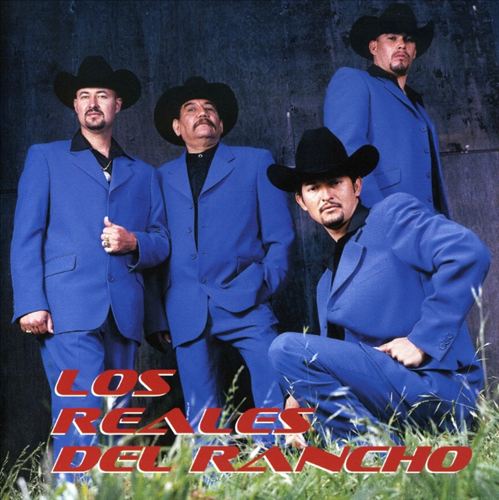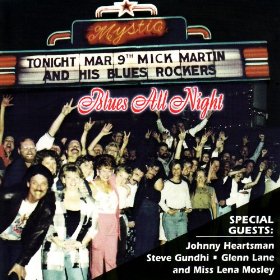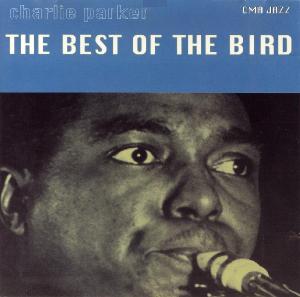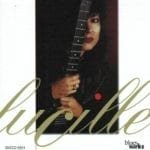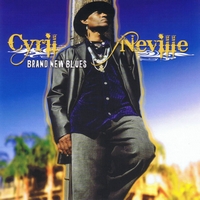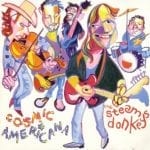Negro Aquilino – El Saxofon Humano
€13,50
Out of stock
Description
Collector’s Edition - Issued in Digipack - 32-page booklet - Comprehensive Liner Notes - Newly Remastered in 24-Bit
“Negro Aquilino” was the popular artistic name by which the singular Cuban saxophonist Aquilino Calzado González was known. He was an artist of renown in Spain between 1932 and 1940 because he bridged the gap between flamenco and the saxophone, an instrument that had never been considered for the genre until he arrived. His contribution was such that he was often introduced as the “Vallejo del saxofón”, “Guerrita del saxofón” or “Marchena del saxofón,” all nicknames that compared him because of his art and originality to the three great masters of cante jondo, Manuel Vallejo, Guerrita and Niño de Marchena.
He managed to draw the passion and expressive strength of cante jondo from his chosen instrument, playing it as if it were singing. This short review he got at the time hints at the kind of success his performances attained: “His sax sings, more than it plays, with all his emotion, all his feeling, the cante jondo, the most flamenco of them all, the one that touches your soul. It is a human voice that we hear in these fandanguillos, these guajiras, these milongas and medias granainas.” These artistic qualities gained Aquilino the nicknames “Saxofón Humano” and “Mago del saxofón" […]
-Taken from the inside liner notes
---------------------------------------
“Negro Aquilino” fue el nombre artístico del singular saxofonista cubano Aquilino Calzado González, figura de gran popularidad en España entre 1932 y 1940 por su acercamiento al repertorio flamenco a través del saxofón, un instrumento que nunca antes se había vinculado a este género. La siguiente crónica refleja el entusiasmo que provocaban sus actuaciones: “El saxofón canta más que interpreta, con toda su emoción, con todo su sentimiento, el cante jondo, el más flamenco de todos, el que sabe llegar al alma. Es la voz humana la que llega a nuestros oídos, en unos fandanguillos, en unas guajiras, en unas milongas y en medias granadinas”. Por todas estas cualidades artísticas Aquilino se ganó los apodos de “El Saxofón Humano” y el “Mago del Saxofón”.
El éxito obtenido por Aquilino propició la irrupción en escena de otro extraordinario saxofonista, Fernando Vilches “El profesor”, y la rivalidad entre ambos sería el objeto de duelos históricos que se prodigaron en las plazas de toros de todo el país. Su talento y creatividad quedan recogidos en estas grabaciones esenciales y pioneras en su género.
Track Listing:
EL NEGRO AQUILINO, saxofón alto
1. Fandanguillos 3:12 - Piano: J. Manuel Beltrán - Odeón 183.473 (SO.7745), Junio 1932 2. Guajiras 2:58 - Piano: J. Manuel Beltrán - Odeón 183.473 (SO.7746), Junio 1932 3. Milonga 3:18 - Piano: J. Manuel Beltrán - Odeón 183.534 (SO.7841), Octubre 1933 4. Media Granadina 2:49 - Piano: J. Manuel Beltrán - Odeón 183.534 (SO.7842), Octubre 1933 5. Fandanguillos 2:54 - Guitarra: Manolo de Badajoz - Odeón 183.628 (SO. 7981), Enero 1933 6. Media Granadina 2:58 - Guitarra: Manolo de Badajoz - Odeón 183.628 (SO.7982), Enero 1933 7. Guajiras 3:08 - Guitarra: Manolo de Badajoz - Odeón 183.673 (SO.7984), Enero 1933 8. Colombianas 3:06 - Guitarra: Manolo de Badajoz - Odeón 183.673 (SO.7983), Enero 1933 9. Media Granadina 3:08 - Guitarra: Niño Sabicas - Parlophon B.26.809-II (129.905), 1936 10. Maria Magdalena (Quiroga) 3:05 - Guitarra: Niño Sabicas - Parlophon B.26.809-I (129.907), 1936 11. Barrio de Santa Cruz (H.Montes-B.Ulecia) 3:19 - Piano y la guitarra de Rafael Nogales - Parlophon B. 26.815-II (129.903), 1936 12. Que se va el vapor (A.Calzado) 3:02 - Asturiana por bulerías - Guitarras: Niño Sabicas y Rafael Nogales - Parlophon B. 26.815-I (129.908), 1936
FERNANDO VILCHES, saxofón alto
13. Por Peteneras (F.Vilches-E.Bregel) 3:05 - Guitarra: Ramón Montoya - Gramófono A 4136 (OJ 760), Diciembre 1932 14. Por Fandangos (F.Vilches-E.Bregel) 3:08 - Guitarra: Ramón Montoya - Gramófono A 4136 (OJ 761), Diciembre 1932 15. Flor de Petenera 2:55 - Guitarra: Ramón Montoya - Gramófono AE 4148 (OJ 759), Diciembre 1932 16. Mi Colombiana (F.Vilches-E.Bregel) 2:58 - Guitarra: Ramón Montoya - Gramófono AE 4148 (OJ 762), Diciembre 1932 17. Fandangos 2:36 - Guitarra: Ramón Montoya - Gramófono AE 4193 (OJ 763), Diciembre 1932 18. Milonga 3:05 - Guitarra: Ramón Montoya - Gramófono AE 4193 (OJ 764), Diciembre1932
NEGRO AQUILINO, saxofón alto
19. El Saxofón Humano (Valeriano Millán) 2:55 - Pasodoble flamenco - Aquilino con la Orquesta Los Bolivios - Odeón 183.632 (SO.7985), Mayo 1933 20. Viva la Virgen (Valeriano Millán) 2:49 - Pasodoble jota - Aquilino con la Orquesta Los Bolivios - Odeón 183.632 (SO.7986), Mayo 1933 21. Granadina “Más de media” 3:38 - Aquilino y su Cuadrilla - RCA Victor 83083-A / 13 Mayo 1940 22. En er Mundo 3:20 - (J.Quintero-J.Fernández Lorenzo) - Pasodoble flamenco - Aquilino y su Cuadrilla - RCA Victor 83083-B / 13 Mayo 1940 23. Garrotín (Aquilino Calzado) 3:12 - Aquilino y su Cuadrilla - RCA 83380-A / 15 Mayo 1940 24. Risas (Pedro Guida) 3:29 - Pasodoble - Aquilino y su Cuadrilla - RCA 83380-B / 12 Febrero 1941 25. Recuerdos de Zaragoza 3:24 - (J.Blasco Navarro) Pasodoble jota - Aquilino y su Cuadrilla - RCA 83613-B / 18 Junio 1941
Personnel on tracks #1-12: Negro Aquilino, alto sax accompanied on piano by J. Manuel Beltrán (#1-4), Spanish guitar Manolo Badajoz (#5-8), and Niño Sabicas (#9 y 10), piano & guitar by Rafael Nogales (#11), guitars by Niño Sabicas & Rafael Nogales (#12).
Personnel on tracks #13-18: Fernando Vilches, alto sax accompanied on guitar by Ramón Montoya.
Personnel on tracks #19-25: Negro Aquilino, alto sax accompanied by Orquesta Los Bolivios (#19-20), and his Cuadrilla (#21-25).
Recorded in Barcelona, Spain, 1932-1936 (#1-20), and La Habana, Cuba, 1940-1941 (#21-25)
Produced for CD release by Jordi Pujol
Review:
ALBUM CHOICE fROOTS Playlist
"Until the 1930s, the saxophone in Spain was associated ith the country’s military and civilian bands, and via recordings, with US jazz big bands. The arrival of Guantánamo, Cuba-born saxophonist Aquilino Calzado González ‘Negro Aquilino’ (who left the island as a young man to seek his living as a musician in Spain) introduced the instrument to flamenco, with an impact that has extended into the present.
Negro Aquilino performed around Spain with Las Estrellas Negras (The Black Stars) and Los Ases (The Aces, with Spanish saxophonist Fernando Vilches (more of whom in a moment), pianist Negro Beltrán, and trumpeter Pedro Blanco, (the latter two from Cuba). Negro Aquilino gained particular attention for his work with flamenco guitarists Ramón Montoya, Manolo de Badajoz, and Niño Sabicas, earning such elegiac nicknames as ‘the human saxophone’, ‘the flamenco saxophone’, and ‘the black man with a gypsy soul’.
The Spanish music press of the time hailed the saxophonist’s elegant cantabile approach to flamenco, dubbing him ‘the Marchena of the saxophone’ – a comparison with the great flamenco cantaor Pepe Marchena, and by extension, with such fellow cante jondo giants Manuel Vallejo, Angelillo, and Guerrita.
This release also folds in six rare tracks recorded in Barcelona in the mid-1930s by Spanish saxophonist Fernando Vilches, paired with flamenco guitarist Ramón Montoya (as originally released on Ramón Montoya: El Genio De La Guitarra Flamenca). The two performed together from 1923 to 1936. Vilches was known as ‘the Vallejo of the saxophone’ in honour of cantaor Manuel Vallejo, among the most popular singers of the era at the Ópera Flamenca. Vilches also led La Orquesta Vilches, known for its original flamenco interpretations. In addition, Vilches performed with Madrid’s Circus Price, and with two other popular 1930s ensembles, Los Calderones and the aforementioned Los Ases.
Aficionados of the contemporary style, often called jazz flamenco, will find much to behold in this extensively documented and illustrated digipack (with notes in Spanish and English), 25 remastered Barcelona and Havana tracks laid down between 1932 and 1941 of two trailblazing saxophonists. Beyond its historic value, this title anticipates the work of such contemporary Spanish jazz innovators as Pedro Iturralde, Jorge Pardo, Gautama del Campo, Llibert Fortuny, and Perico Sambeat."
-Michael Stone
Roots Magazine (November, 2014)

